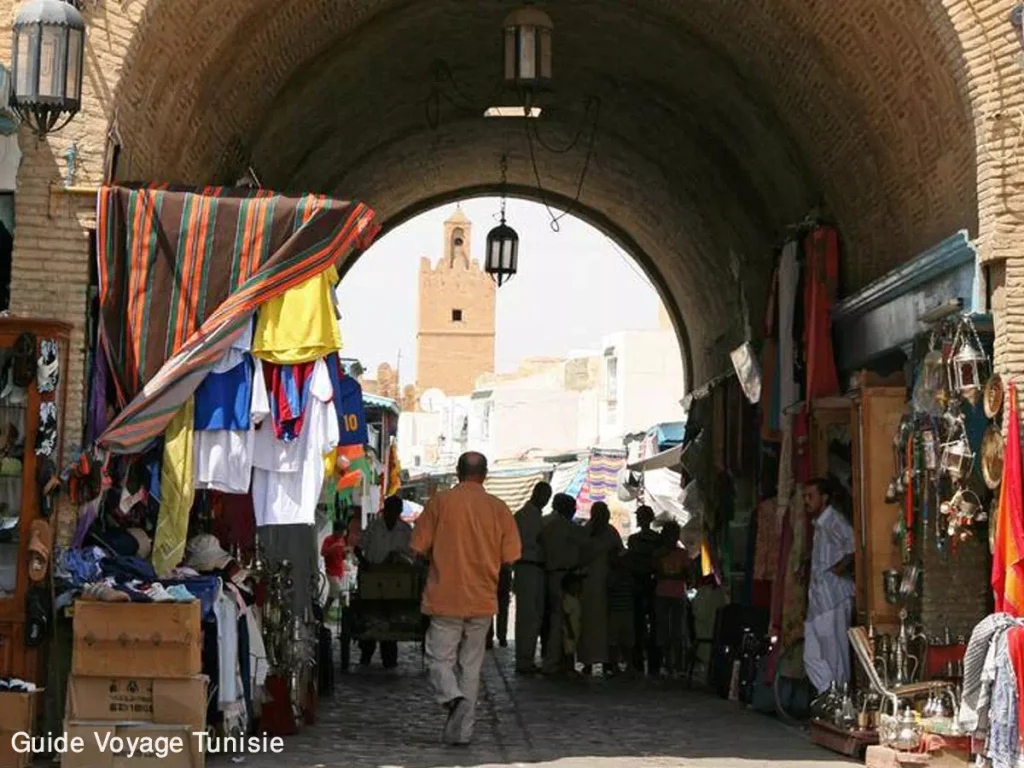The old medina of Kairouan
The old medina of Kairouan is one of the most preserved and authentic in Tunisia. We get lost in its alleys, we succumb to the local pastries, in particular the makroudh segni, the specialty of the city, we haggle in the souk, and we discover by chance its treasures, such as the mysterious Bir Barrouta well and the small mosque of the Three Doors , without forgetting the splendid house of the bey.
The historic ensemble of Kairouan, with its central part and its suburbs, has preserved, without alteration, its urban fabric with its morphology, and its architectural and architectonic components. All of these elements convey the universal value of the property and contribute to its integrity.
The old medina of Kairouan is a city in central Tunisia and the capital of the governorate of the same name. It is located 150 kilometers southwest of Tunis and fifty kilometers west of Sousse. With a population of 139,070 in 20141, it is often referred to as the fourth holiest (or sacred) city in Islam and the first holy city in the Maghreb.
The historic ensemble of Kairouan, with its central part and its suburbs, has preserved, without alteration, its urban fabric with its morphology, and its architectural and architectonic components. All of these elements convey the universal value of the property and contribute to its integrity.
The first Arab city in North Africa6, the city was an important Islamic center in Muslim North Africa, Ifriqiya, until the 11th century. With its medina and its markets organized by Oriental-style corporations, its mosques and other religious buildings, Kairouan has been on the UNESCO World Heritage List since 1988. In 2009, it was proclaimed the capital of Islamic culture by the Islamic Educational, Scientific and Cultural Organization7.
The city is also famous for its handmade wool carpets and pastries including makrouds.
The old medina of Kairouan in Pictures


